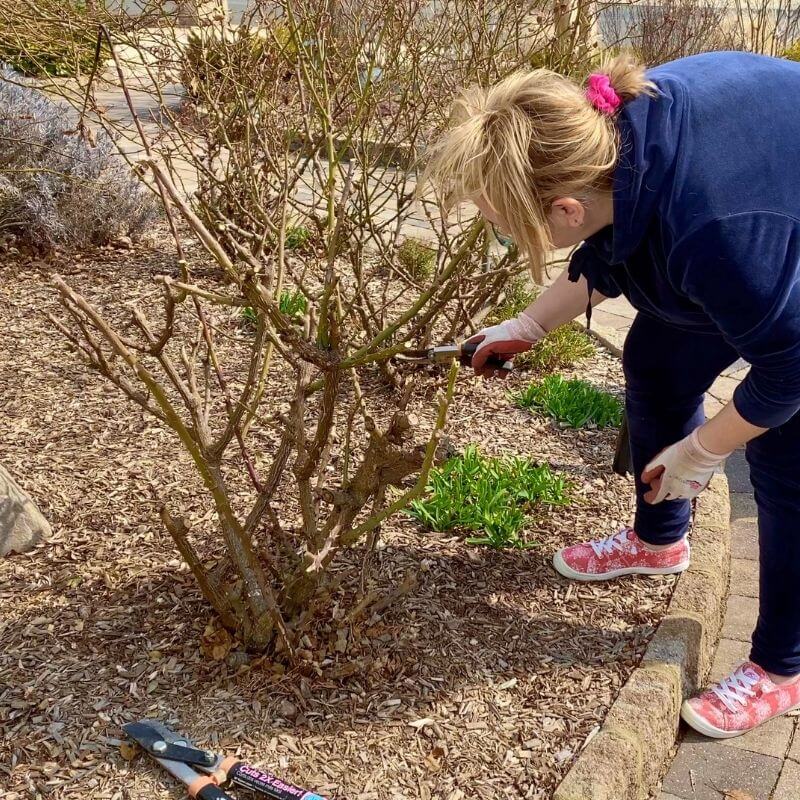3 Easy Facts About Knockout Roses Care Explained
Table of ContentsA Biased View of Knockout Roses CareSome Known Details About Knockout Roses Care 5 Simple Techniques For Knockout Roses Care6 Easy Facts About Knockout Roses Care ExplainedKnockout Roses Care for Beginners
Rose bushes enter dormancy with the begin of frost when the dirt comes to be also chilly. How to winterize knockout roses? Some gardeners make use of a cloth sack to cover the rose hedge in the winter to safeguard it from deers. You can likewise use a mulch around the rose shrub to safeguard the leading dirt but make certain to apply it only after the plant has actually become part of inactivity and the frost remains in full speed.Though it's a perennial life-span of knockout roses is not restricted, because of its hardiness and dry spell resistance these bushes have the tendency to last for numerous years. Aphids on Knockout Roses Ko roses were bred to be disease resistant and they stand real to their reproduction. They are reduced upkeep plants and seldom bother you with parasite or fungis issues but there are certain exemptions to the rule
The most typical insect to attack ko roses would be aphids. Aphids don't cause any troubles with knockout roses expect an aesthetic one.

The Ultimate Guide To Knockout Roses Care
If the humidity in your garden stays high through out and the temperature is around 75 F, it gives conditions for growth of black area on the rose hedges. It begins with tiny black places on the leaves which turn to yellow rings and eventually transform the whole leaf yellow.
High moisture and moist problems on the fallen leaves lead to mildew, it materialize as white powdery substance that covers the fallen leaves. If the vegetation is untreated it would shrivel up and diminish (Knockout Roses Care). So if you are questioning why are there white areas on the fallen leaves of my knockout roses? The offender is mold.
:max_bytes(150000):strip_icc()/knock_out_rose_129919971321-2000-8c8d80cd025640229601d2724c3d2deb-863e2741342b4f509beba06b6b6c8083.jpg)
Planting at these times will ensure that the roots of your plants will be strong sufficient to stand up to the summer season in addition to the cold of winter months. Knock out roses love sunshine and needs to be grown in locations with full accessibility to the sun. Most Knock Out Roses will expand in partially shaded areas, they will not blossom as much as they would if grown in locations with straight accessibility to sunlight.
Getting The Knockout Roses Care To Work
Plant your knock out roses in your yard following these steps: Dig a planting opening broader than the container of your plant. Remove the knock out climbed from its container and carefully loosen its origins. Place your plant inside the hole and make certain that the base of the plant is level with the bordering dirt.
Collapse the soil so that it is loose and oxygenated. Area a layer of compost around the plant to keep moisture and to prevent weeds. Water the base of the plant extensively. Knock out roses are low-maintenance plants, and they look fantastic despite very little focus. To keep them healthy and balanced and to urge lively blossoms, you have to care for them.
Although knock out roses will do great even without plant foods, you can provide an added boost by using a balanced plant food or a fertilizer specifically formulated for knock out roses. Fertilizers with high nitrogen web content will have your plant thriving magnificently all summer. Apply fertilizer around the origins of the plant and not at the base of the plant itself.
It is recommended to water when the leading 2-3 inches of the dirt is completely dry. During periods of drought or extreme warm, check the soil to ensure it is not drying out as well quickly. Knock out roses can grow as high as 3 to 4 feet and as wide as 3 to 4 feet.
Knockout Roses Care Fundamentals Explained
They additionally do not require deadheading, however light pruning might be essential to maintain their size and height. The all-natural form of knock you could look here senseless roses makes trimming fairly easy. Trim your climbed bush early in springtime or late in wintertime when they are inactive to get view website the most effective blooming results all period.

Knock Out roses continue to be in bloom from mid-spring all the way to the fall. Knock Out climbed shrubs are absolutely nothing but flexible.
Any ornamental style that you might utilize the routine rose in, the Knock senseless rose will certainly offer it much better. Below are some concepts you can implement in your yard, patio area, backyard, or interior styles. Hedges and Fences: Usage these vibrant and extremely ornamental bushes to hide an unattractive fence or add a touch of color and scent to your bushes.
The Facts About Knockout Roses Care Revealed
Doors and Patios: Accent your patios and mount your doors with various styles to make your spring and summer afternoons as colorful and great smelling as you like them. Naturally, and because this is a cultivar, there are many selections of the Knock senseless increased bushes that you can expand in your yard.
Radrazz: The cherry red and warm pink blossoms of this cultivar are bountiful and constant. The bush will just quit blooming with the first frost. Much more appropriate for zones 5 to 11, the bush averages in between 3 to 4 feet high and the very same in width. The bush is both disease- and drought-resistant (Knockout Roses Care).
You ought to plant your shrubs when they're inactive. That suggests either the late autumn or early click for more spring is the suitable time to start them. Select a bright place in your yard that receives from 6 to 8 hours of sunlight everyday. Preferably your increased yard needs to be protected from the wind.